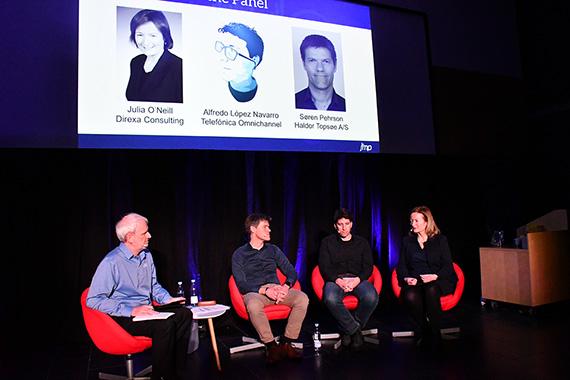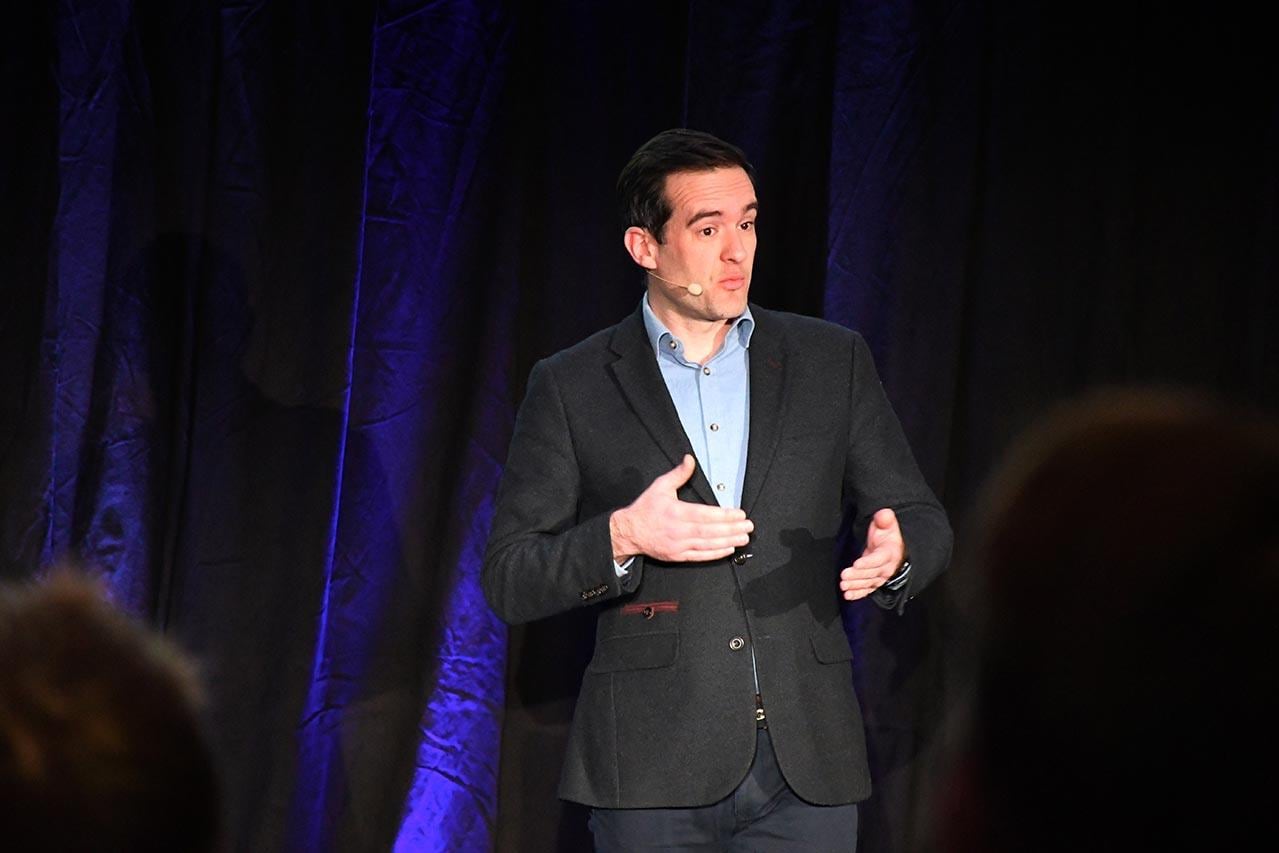Does your organization have a strategy for building analytic excellence?
Panel Discussion
Learn from Haldor-Topsøe, Telefónica and other data-driven organizations.
The best organizations spread awareness and knowledge of analytics to everyone who needs it. They do more than talk about being a data-driven company; instead, they strive to put data analytics at the heart of all decision making. They embrace both traditional and modern methods of analysis to generate and apply new knowledge. And they build infrastructure that supports the appropriate use of analytics by all job functions.
This panel discussion explores real-world examples from organizations with analytic cultures that let them excel, examining how they use collaborative analytics throughout the enterprise to solve engineering, development and manufacturing problems faster; sustain innovation; and maintain a competitive edge.
You’ll hear from:
- Julia O’Neill, founder of Direxa Consulting, on applying statistical thinking to bring forward medicines that address unmet medical needs.
- Alfredo López Navarro, Omnichannel Data Lab Manager at Telefónica Germany, on how interdisciplinary collaboration around data analytics helps technology companies drive commercial success.
- Søren Pehrson of Haldor-Topsøe, on his 20 years of experience developing and scaling up processes in the chemical industry by supporting scientists and engineers along their data analytics journeys.
Register to watch the panel discussion


Case Study
Solving Problems in a Culture of Firefighting
Phil Kay, Learning Manager for JMP Global Technical Enablement, describes a day in the life of a process engineer at an organization with a culture of firefighting. He then contrasts how that experience would play out at an organization with a culture of analytic excellence. What are the key tools to enable a culture of learning, remembering and collaborating with data to solve problems faster?
You will learn more about how to:
- Gain organizationwide process understanding with design of experiments, data visualization and statistical modeling.
- Connect to and use disparate data sources.
- Build consensus around solutions with data analytics.
- Document and share insights as they emerge.